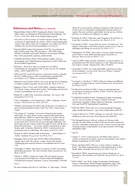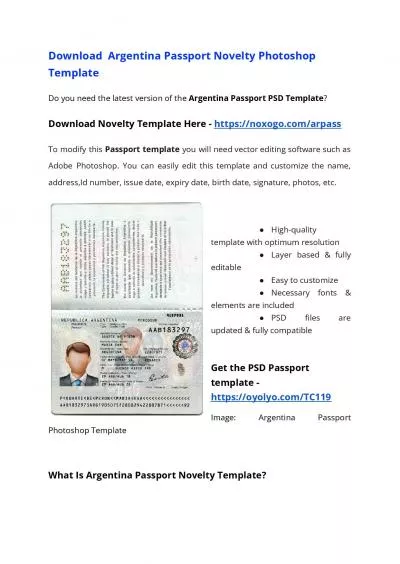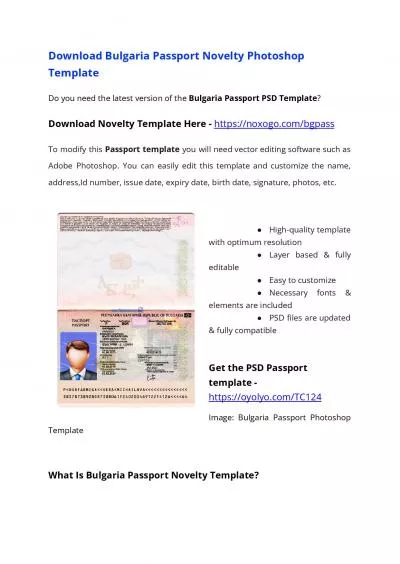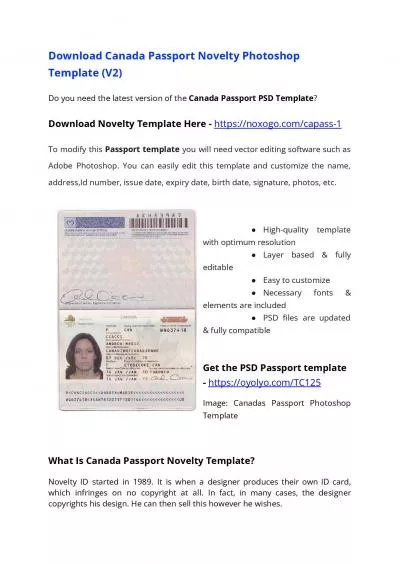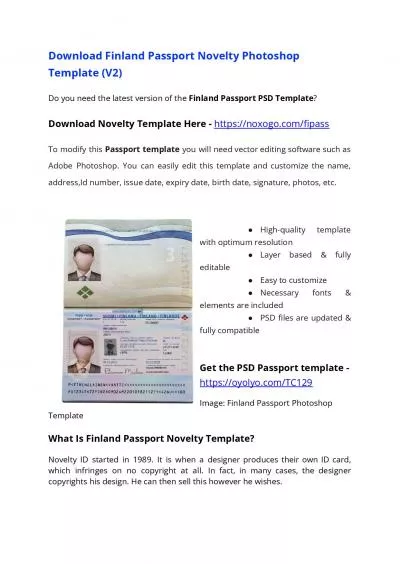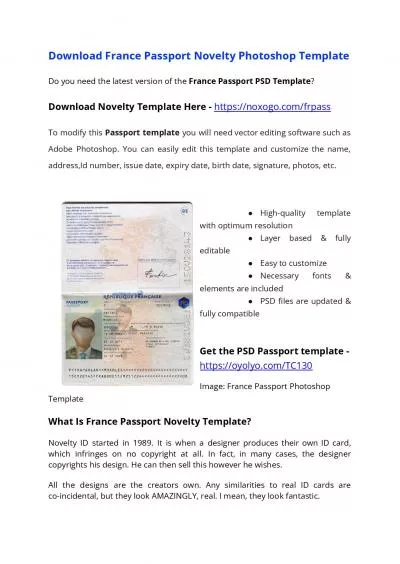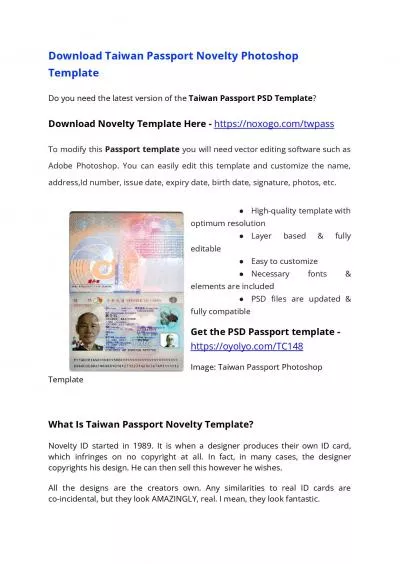PDF-Violence against sex workers and HIV prevention Information Bulletin Series Number Why
Author : celsa-spraggs | Published Date : 2014-12-04
they photograph you ask for money if you dont give it they police demand a subbotnik unprotected and unpaid sex its like that for me every time and if I dont agree
Presentation Embed Code
Download Presentation
Download Presentation The PPT/PDF document "Violence against sex workers and HIV pre..." is the property of its rightful owner. Permission is granted to download and print the materials on this website for personal, non-commercial use only, and to display it on your personal computer provided you do not modify the materials and that you retain all copyright notices contained in the materials. By downloading content from our website, you accept the terms of this agreement.
Violence against sex workers and HIV prevention Information Bulletin Series Number Why: Transcript
Download Rules Of Document
"Violence against sex workers and HIV prevention Information Bulletin Series Number Why"The content belongs to its owner. You may download and print it for personal use, without modification, and keep all copyright notices. By downloading, you agree to these terms.
Related Documents

